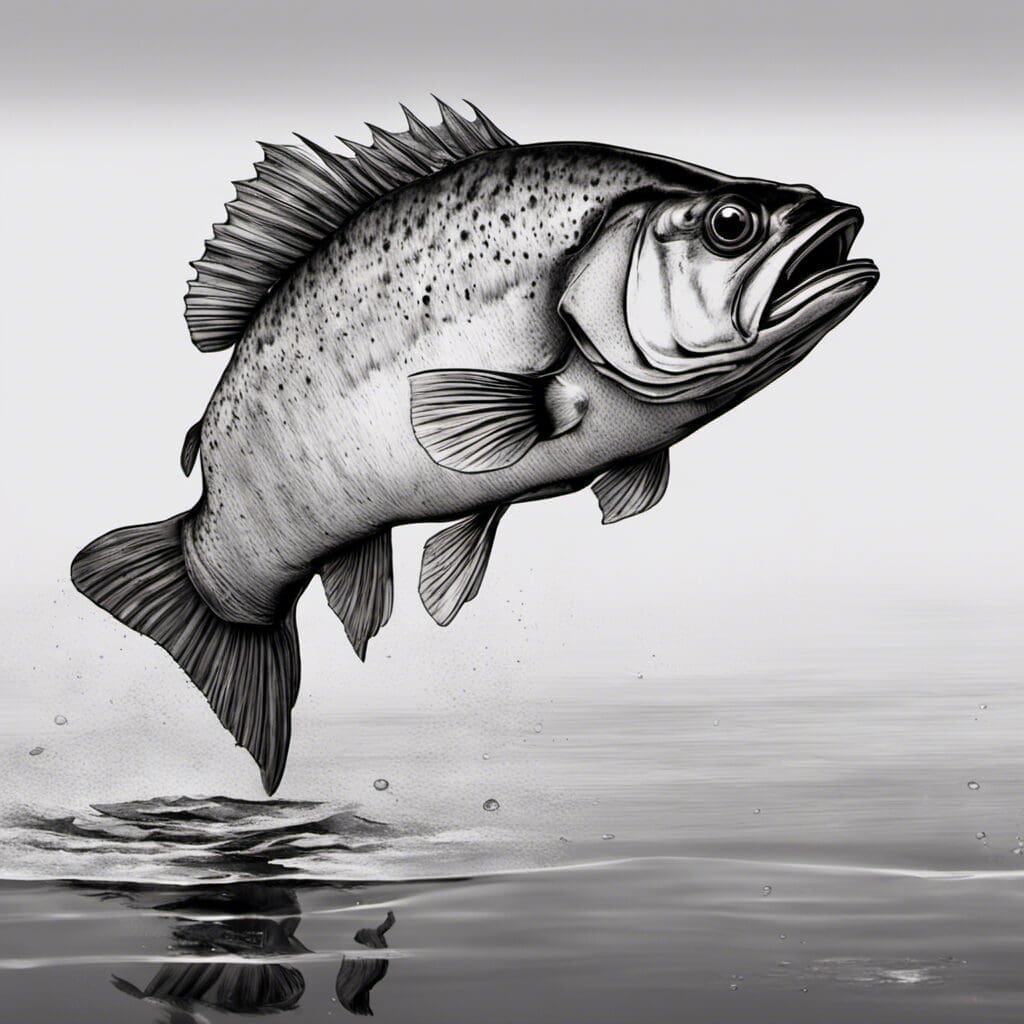Introduction: Grunt Fish Species
The Grunt (Pomadasys incisus), a member of the Haemulidae family, is a prominent figure in the marine ecosystem. This species gets its name from the unique grunting sound it produces.
Conservation Status
According to the International Union for Conservation of Nature (IUCN), the Grunt falls under the “Least Concern” category. Overfishing and habitat degradation are the main threats, and conservation efforts focus on sustainable fishing practices and habitat preservation.
Statistics
| Statistic | Average | Range |
|---|---|---|
| Length | 35 cm | 25-50 cm |
| Weight | 1.5 kg | 1-2 kg |
| Lifespan | 12 years | 8-15 years |
Distribution
Grunt are found extensively in the eastern Atlantic, spanning from the UK to South Africa, including the Mediterranean & Black Seas. There’s no significant migration pattern noted for this species.
Habitats
Being a saltwater fish, the Grunt predominantly dwells in coastal waters. It favors depths between 1-100 meters and is comfortable in water temperatures between 14-28°C.
When and Where to See
Grunt fish are most active during twilight hours, around dawn and dusk. In terms of seasonal patterns, they are typically spotted more during the warmer months, from late spring to early autumn.
Best Fishing Locations
- Gulf of Naples, Italy
- Gulf of Cadiz, Spain
- Aegean Sea, Greece
- Mediterranean coast, Egypt
- English Channel, UK
- Tunisian coasts, Tunisia
- Black Sea, Turkey
- Monaco, France
- Sardinia, Italy
- Cyprus, Cyprus
For general tips, rock reefs and bottoms covered by algae often hold large schools of Grunt fish.
How to Catch
The best bait for catching Grunt fish includes small crabs, shrimps, or cut baits. They can be caught using techniques like bottom fishing. For best results, fish during the twilight hours, especially during the warmer months.
Identification Guide
The Grunt is silver-grey with a slight bluish tinge, and sometimes displays orange edges on fins. It has a slender body, a pointed head and a deeply forked tail. Comparison with similar species like the Snapper reveals the distinctive difference in color and the grunting sound unique to Grunts.
Culinary Attributes
Grunt fish is recognized for its mild, sweet flavor and firm, flaky texture. It is low in fat and high in protein. With flexible cooking methods, it can be baked, grilled, or pan-fried. Traditional Mediterranean recipes make great use of it.
Additional Information
Almost omnivorous in nature, Grunt fish feed on small crustaceans, molluscs and plant matter. The grunting sound they produce is part of their mating ritual. As for predators, bigger fish species, sea birds, and humans pose threats.
From a cultural perspective, Grunt fish feature prominently in Mediterranean folklore and cuisine.
References and Further Reading
- Fishbase.se
- NOAA Fisheries
- Seafood Source

